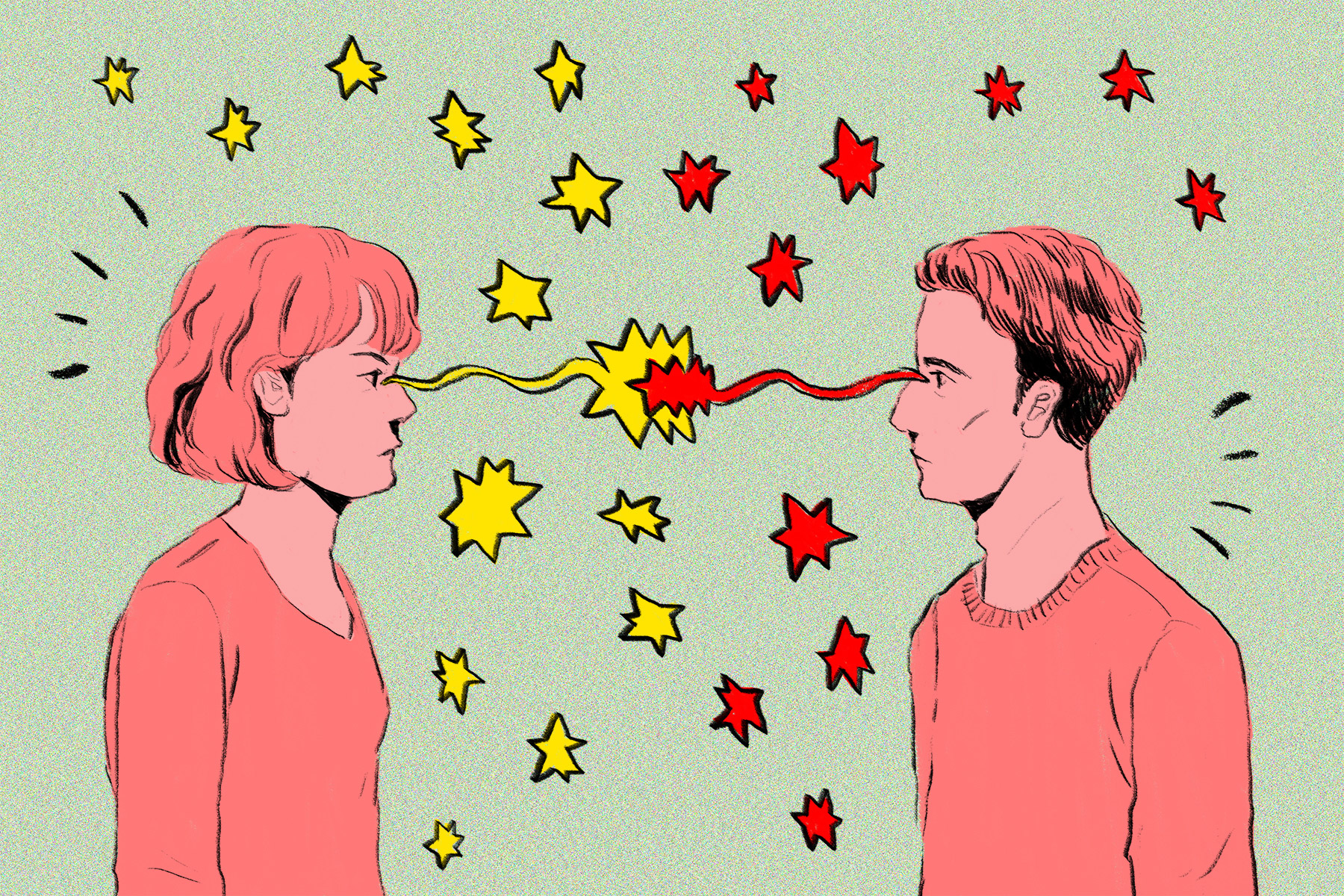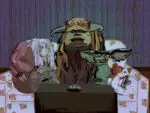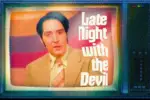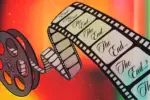In order to understand the female gaze, we must first understand what the male gaze is and its origins. The male gaze is rooted in feminist theory, coined by film theorist Laura Mulvey in her essay “Visual Pleasure and Narrative Cinema.” The idea was influenced by the psychoanalytic concept of “scopophilia” — literally meaning “the love of looking” — founded and popularized by Sigmund Freud and Jacques Lacan.
The male gaze theory states that women in media are depicted from a heterosexual, masculine perspective that sexualizes and objectifies women. As the theory originates in film, the idea is that a piece of media has three potential male spectators: the filmmaker, the male characters in it and the viewer watching the film. The same goes for literature and any other form of storytelling.
The concept is that, rather than exist independently for her own sake of being, the female character’s purpose is for male viewing pleasure. As a character, she is there to enable the goals and actions of the male protagonist. Even her trauma isn’t solely her own, but perhaps a pivotal moment for the male protagonist’s plotline.
And as representation of women in fiction in an appearance-focused, male-centered way translates to real life, the male gaze plays out in very real social and psychological ways for both men and women. As men learn that women are meant for their aesthetic, sexual or facilitating purposes, women internalize the same ideas, resulting in self-imposed body-monitoring and an understanding that their looks amount to their social value.
Some Examples of the Male Gaze in the Media
So the definition is one thing, but how does it manifest in stories? It’s not too hard to spot the over-sexualization of female characters, from movies and shows to ads — it can even be found in animation (see Zero Suit Samus from Super Smash Bros. Brawl or Lola Bunny from “Space Jam”).
Specifically in movies and shows, we see male characters physically looking at women in a sexual manner. Take the creepy janitor subbing in for the late instructor of the yoga class in “Grown Ups 2,” who just stares at the women as they stretch, or the camera angles from the perspective of Sam Witwicky as Mikaela Banes looks under the car’s hood in “Transformers.” In “Mean Girls,” the camera pans to the reaction of the (adult) man in the audience during the “Jingle Bell Rock” dance.
Even in attempts to make superhero movies more inclusive with female characters, women are still portrayed as they are meant to be looked at; for example, Catwoman wears a tight body-con costume and Wonder Woman wears an impractical bathing suit-style outfit. Or the way Black Widow is the only one turned to show off her butt on an “Avengers” film poster while the rest of the squad is geared up in action poses. Artist Kevin Bolk decided to do a gender-swapped drawing with the rest of the heroes showing off their backsides to the camera instead. The drawing is comical and bizarre, but it’s weird that it stands out to viewers when that’s nothing new for female characters.
So we see how filmmakers intend for the audience to look at female characters, as well as the way the men in the movies do the same. The male gaze, however, is not limited to appearances and sexualization. As mentioned before, it also extends to the way female characters exist to propel male characters.
Take the CW’s “Supernatural.” The 15-season-long show has a pretty rough history with its prominent female characters. Sure, everyone dies in “Supernatural,” but the female deaths disappoint. Jo, for example, saves Dean’s life from a hellhound, and as a result, she dies from the wound while in the arms of her mother, Ellen. Ellen dies shortly after her daughter, sacrificing herself in the building explosion to kill the hellhounds. She tells Sam and Dean to leave.
Jo’s and Ellen’s deaths are both blatant sacrifices that allow Sam and Dean to physically get out and continue the hunt, and they’re also pivotal moments that contribute to Sam and Dean’s plotlines. Their deaths give the characters enough guilt and angst to develop emotional depth and propel them forward.
What About the Female Gaze?
All this talk about the male gaze begs the question: What about the female gaze? Does it exist? In the movie industry, there’s a male majority of directors, so with men making the most films, the male gaze seems more prevalent. The female gaze, on the other hand, hasn’t been as dominant; as a concept in its infancy, it’s harder to define, and it looks different than the male gaze.
The female gaze looks at the world through a female’s eyes. Given the understanding of the male gaze, the parallel assumption would be that the heterosexual female gaze focuses on the way men are seen, objectifies the male body and uses male characters only to perpetuate the female characters’ roles.
However, as previously mentioned, the male gaze “plays out in very real social and psychological ways for both men and women” because it’s based on a societal structure of men gaining power via female objectification. The reverse — and the objectification of men can and does happen — does not reflect a real power dynamic, so that wouldn’t be a fitting definition.
If the gaze is the perspective of a story through a woman’s eyes, perhaps it is more emotional or intimate or transparent. Erika Balsom from Cinema Scope listed the necessary ingredients for a female-gaze film. “The film is constructed in a manner that allows the spectator to feel the female experience,” she explained. “If bodies are eroticized, it must be a conscious gesture (Laura Mulvey reminds us that the male gaze is a matter of the patriarchal unconscious),” Balsom continued. “The pleasure of spectators does not stem from the scopic drive (from taking pleasure in objectifying a person through the gaze, like a voyeur).”
The female gaze, in contrast to the male gaze, is not just one thing and it’s much more difficult to pinpoint than the male gaze because it is so new. An article about the film “Portrait of a Lady on Fire” puts it more simply: “At its best, it portrays the full gamut of women’s lives rather than focusing on the 0.001% of the time when this involves being sexy and naked.”
Some Examples of the Female Gaze in the Media
Greta Gerwig’s coming-of-age story, “Lady Bird,” which focuses on a graduating teen’s strained relationship with her mother, excellently captures a female perspective while unraveling the titular character’s sexuality and identity through self-discovery. The viewer feels her experience, and while an intimate scene is included, it’s more intentional. It shows the reality of losing one’s virginity through a female perspective; it doesn’t happen the way she dreamed it would go, and the whole thing is pretty awkward and uncomfortable to watch.
Another example is screenwriter Laurie Nunn’s “Sex Education.” While the central theme is sex, the show is more delicate than it may sound. It focuses on the teenagers’ relationships and their (oftentimes) awkward experiences. In short, its purpose is to show the emotions and realness of the characters, not just their bodies.
There’s also “Gone Girl.” Amy Dunne, the movie’s female villain — while an extremist to say the least — subverts the male gaze and expectations. Or, she only plays into it; she becomes the “cool girl” when she knows it’s to her advantage, so she wields it as a manipulation tactic. While we may not truly understand her, we watch her witness her husband’s infidelity and obliviousness, and we watch her deal with Desi’s initial creepiness; women can identify with some of the events as part of their female experience.


















Lol you didn’t put a conclusion, goofy ahh article